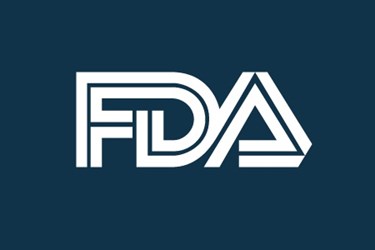FDA Releases Guidance On In Vitro Companion Diagnostic Devices
By Nick Otto

By Nick Otto
The FDA recently released guidance in an effort to define in vitro companion diagnostic devices (IVDs), explain the need for FDA oversight of those devices, and clarify that, in general, those devices and their corresponding therapeutic products should be cleared simultaneously.
According to the FDA guidance, companion diagnostics manufacturers should submit applications to the FDA contemporaneously with drug product submissions to improve chances that both the drug and relied-upon device are approved at the same time.
If the agency determines an IVD companion diagnostic to be essential to the safe and effective use or indication of a novel therapeutic product, the FDA will generally not approve the product or indication if the IVD companion device is not approved or cleared for that indication.
The regulation of companion diagnostics will be risk-based, as with all other medical devices, and the guidance advises sponsors to consult early with the FDA on the best approach for approving the companion diagnostic.
The FDA also “strongly encourages” both the drug and device manufacturers to participate in discussions about their respective products as early as possible during the development process.
This will enable “a more focused and in-depth discussion about the validation of the IVD companion diagnostic device and will aid in planning for a device PMA or 510(k) that is complete and timely,” the guidance notes.
The guidance also adds that if an in vitro diagnostic manufacturer wants to use a currently approved test and begin marketing the product for use as a companion diagnostic, a new premarket submission will be needed. New companion diagnostics that are intended for the same use as an approved or cleared companion device will be reviewed via premarket approval or 510(k) clearance, as appropriate, the guidance notes.
Labeling for drugs that use companion diagnostics should identify a type of FDA-approved or cleared test to use with the treatment. And, because federal regulations require labeling for IVDs to specify the intended use, device-makers must specify the drug for which their diagnostic is intended.
The FDA also recently released guidance addressing key issues in the agency’s clearance program, describing in detail the critical decision points in the 510(k) substantial equivalence review process.
